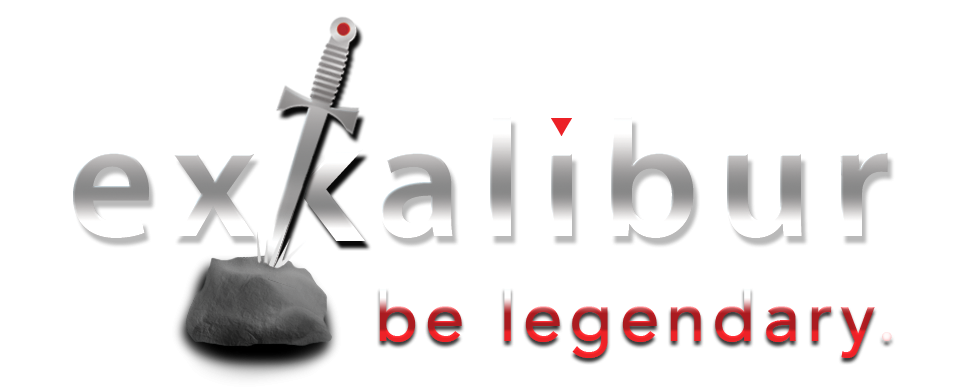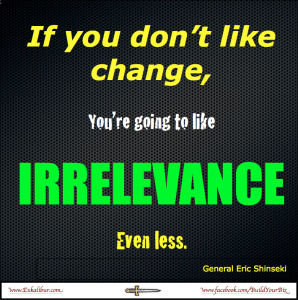One of the most pervasive challenges that arises in my coaching sessions with CEOs and other business executives is the struggle to make the tough decisions. I t’s a deadly disease that cripples personal productivity.

It’s usually a decision that’s already been resolved — silently, often deep in the psyche — but we don’t announce it, we don’t execute it and no one really knows the decision has been made at all.
What’s the impact of indecisiveness?
This is a high stress point for executives. These delayed decisions constantly beg for attention, but as we drop these pebbles of indecision in our backpack, it gets heavier with each step.
Carrying around the burden of these unexecuted decisions is a malignant tumor that can be fatal to both executive effectiveness, productivity and health.
Jack Welch said it best:
“You gain nothing by showing uncertainty and indecision”.
You’re squandering valuable time
These agonizing delays also hijack valuable time from the organization.
As indecision becomes increasingly obvious, say when an employee is not really cutting it, people throughout the organization usually see it first. For every day you delay, they wonder why you’re not making an obvious decision.
There’s a giant billboard that says it all about why it’s worth killing procrastination in the decision-making process:
The exhilarating and intoxicating relief that every executive experiences when they finally make and publicize a difficult decision.
If you’ve been there, you know what I mean.
[pullquote]“There comes a moment when you have to stop revving up the car and shove it into gear.” ~David Mahoney[/pullquote]
Five warning signs that tough decisions aren’t being made
I’ve identified five warning signs that procrastination has supplanted decisiveness.These tendencies appear in many forums:
- When it’s time to give unbiased feedback to our employees.
- When we need to replace a long-standing vendor.
- When we have to tell valued customers we can no longer do business with them.
While there’s not a bright line between each of these and we’re often swimming in a sea of these varmints, each of them bears a unique characteristic that you may see in your organization.

1. Unwilling
This is one of the most common firewalls I find.
Some people are naturally conflict-avoiders, always seeking compromise to make conflicts go away. They will repeatedly offer alternatives to avoid the inevitable, even if in their heart, they know the ultimate answer.
If you’ve observed this tendency, you’ve seen that this process stalls the decision that needs to be made.
2. Uncertain
Some issues are more vexing than others.
In this case, there is a long list of pros and cons, with neither answer perfectly satisfactory. Often, the decision is simply the lesser of two evils.
The solution?
Invoke the ready, aim, fire maxim.
You may be able to adjust some elements of the decision as you move forward but the results are likely to get worse the longer you delay.
Learn to live with uncertainty and bounce it on your knee like a cherished child. It ain’t going away in your lifetime.
3. Unclear
“Unclear” is a kissing cousin of “uncertain.”
Maybe it’s a distinction without a difference, but uncertainty usually represents a lack of conviction, a vagueness that is often the result of inexperience.
Contrarily, being “unclear” about a decision often results when there are multiple options, or where’s like to be a broader impact that’s more difficult to evaluate. In this case, it’s easy to delay a decision to get more information, so make sure you’re not infected by “paralysis by analysis”.
4. Unknown
This warning sign often appears when a decision is expected to ignite a long chain of even more decisions where each outcome is also unknown.
Discussion about replacing an employee is a good example.
You can easily imagine a serpentine conversation that goes something like this:
“What happens to the staff if this person is terminated?”
“What if they leave immediately and we have no chance at a reasonable transition?”
“What do we do in the meantime?”
“How long will it take to get a replacement?”
“Who’s got time to handle all the logistics of that process? We’re all so busy.”
“Nobody will know all the things they know and we’ll have to start over.”
“How long will it take for the new person to get up to speed?”
“What if I’m wrong and we can’t getter anybody any better?”
You’ll note that none of this dialogue changes the decision that must be made.
It only brings the decision process to a halt because the ultimate outcome is unknown.
5. Uninvolved
This occurs when we don’t take ownership of a problem.
Sure, we know the “buck stops here,” but we tell ourselves it isn’t our decision to make — really.
“One of my managers needs to make that call.”
Like the “unwilling” candidate, we hope that if we wait long enough, the matter will go away.
The managers will make the right decisions, and we can just stand behind them. Our defense is that we’re letting them “do their jobs.” So if we don’t intervene, we don’t have to decide.
Summary
In short? Make the tough calls, and do the right thing.
You’ll get way more done.
You’ll clear the obstacles to your success.
You’ll boost your credibility … and you’ll sleep much better.
What’s not to like?
Question: What’s the best approach you’ve found to making the tough decisions?
How would you answer that? Let me know and we’ll build on that to expand our discussion of these ideas and concepts. If you’re active there, you can connect with me on LinkedIn. You can also find me on our Building a Business page on Facebook or on Twitter.



